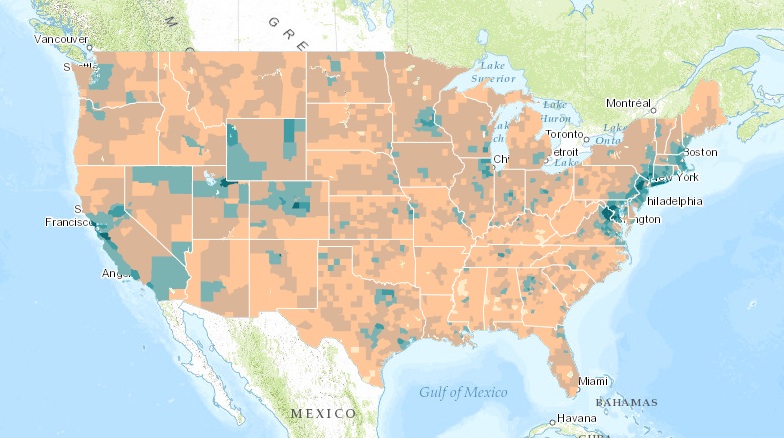
For those 65+, work and wealth are linked
The largest single source of income for Americans ages 65 and over, as a group, is earned income, according to a study by AARP based on recent U.S. Census data. In 2012, almost 22 percent of older Americans had earnings.


